- Established 1982 -HOME: www.hiltonpond.org
THIS WEEK at HILTON POND Subscribe for free to our award-winning nature newsletter (Back to Preceding Week; on to Next Week) |
All text, maps, charts & photos © Hilton Pond Center A MOTH WITH REGRETS Our big office window at Hilton Pond Center faces due west. By day our view is of the pond itself (above), but after sunset we can at best see only shadowy trunks and silhouettes of trees and shrubs between the old farm house and the impoundment. As we burn midnight oil at our computer desk--crunching banding numbers and writing "This Week" installments--during warm months of the year we often hear tiny plinks and plunks as flying insects attracted to an indoor desk lamp bounce off the outside window. Sometimes there's even a loud splat as a two-inch-long Green Treefrog (below) leaps against the glass and hangs tight with its toe pads.
All text, maps, charts & photos © Hilton Pond Center On 23 August 2021, however, we were distracted by loud, repetitive fluttering against the window--a large moth trying to get closer to the light.The moth continued to bounce around for a few minutes until coming to rest on the windowsill directly in front of our desk. After grabbing a camera with macro lens and donning a headlamp, we hustled outside to see if we could identify and get a photo of this big-winged nocturnal insect. Fortunately, it remained still enough long enough for us to fire off a few exposures sharp enough to allow for positive identification.
All text, maps, charts & photos © Hilton Pond Center In the light of our headlamp we could see this largish moth (above)--about three inches wingtip-to-wingtip--bore camouflaged forewings that resembled tree bark. The moth eventually pulled those mottled gray-brown wings partway forward, exposing far more colorful hindwings with broad black and orange bands (above). We now knew, in general, this had to be one of the Underwing Moths, Catocala spp., its genus name translating from the Greek for "underneath beautiful."
All text, maps, charts & photos © Hilton Pond Center The Catocala Underwings are a diverse and widespread genus with perhaps 230 mostly Holarctic species, i.e., worldwide in the Northern Hemisphere. (North America is home to 100-plus species, of which several type specimens from the 18th and 19th centuries are shown above. Underwing species numbers are apparently increasing as new ones are discovered and described on a fairly regular basis. There is a LOT science does not know about moths.) As shown above, most Underwings have that same combination of cryptically colored forewings and brightly hued hindwings as the one at our window, with some species so similar they are best differentiated by geographic range. Almost invisible against tree trunks, Underwings apparently flash their bright hindwings to startle potential predators such as squirrels and larger songbirds before folding back up into relaxed camouflage status like the one below (photographed recently near Charleston WV by long-time friend Doren Burrell). It's interesting the bright hindwing of Underwings is not aposematic; that is, not a signal these moths taste bad or are toxic. In fact, Underwings are consumed with apparent gusto by Blue Jays and other birds.
All text, maps, charts & photos © Hilton Pond Center After studying several lepidopteran sources--and with guidance from a knowledgeable moth group on Facebook--we concluded this week's specimen at Hilton Pond (and that in Doren's photo above) was The Penitent, Catocala piatrix, a variably colored Underwing moth with a wide distribution across most of the continental U.S.
All text, maps, charts & photos © Hilton Pond Center Hilton Pond Center is a perfect locale for this species since The Penitent's nondescript and not-too-particular caterpillars (above) forage opportunistically on leaves of Pecan, Common Persimmon, Black Walnut, and various hickories (among others)--trees plentiful on the Center's 11 acres. Adults maintain their vigor by dining on nectar, tree sap, and rotting fruit they sometimes have a diurnal feeding flight around midday. (HINT: Hungry Underwings can be baited for observation at night by smearing tree trunks with a fragrant, well-aged paste of what we call "moth likker"--stale beer or wine, yeast, and fermented fruit.)
All text, maps, charts & photos © Hilton Pond Center Underwing larvae hatch from eggs in spring just as leaf buds on their food plants start to open. Then they spend spring nights eating ravenously to become ever-larger caterpillars, form waxy pupae (above) in bark crevices in early summer, develop for about a month, emerge as adults that may live several weeks, mate by late summer, and lay the next generation of eggs that overwinter under bark flaps or in leaf litter at the base of a future food tree. Then they die. (Incidentally, adult Underwings have excellent high-frequency hearing that apparently allows them to avoid bats using echolocation--very useful if you're flying around in the dark trying to find a mate. This same acute hearing makes it difficult to approach Undwerwings at night; they often spook and flap away quickly at the slightest sound.) Our study of Underwings uncovered something we found of particular interest: Thus, thanks to Linnaeus and those who followed we have scientific names that translate into common epithets like these: Graceful Underwing, Wonderful Underwing, Precious Underwing, Married Underwing, Once-married Underwing, Little Wife Underwing, Widow Underwing, Old Wife Underwing, Mother Underwing, Darling Underwing, Tiny Bride Underwing, Connubial Underwing, Consort Underwing, Beloved Underwing, Youthful Underwing, Charming Underwing, Joined Underwing, and Girlfriend Underwing (below), plus Wayward Nymph, Little Nymph, The Sweetheart, The Bride, The Betrothed, and The Old Maid, among others. (Ol' Linnaeus and his adherents must have been real romantics!)
All text, maps, charts & photos © Hilton Pond Center On the other hand, that Underwing at our window--The Penitent (thought of for some reason as a regretful moth)--is part of a melancholic naming scheme: Sad Underwing, Tearful Underwing, Inconsolable Underwing, Dejected Underwing, Mournful Underwing, Quiet Underwing, Serene Underwing, Sleepy Underwing, Obscure Underwing, and Forsaken Underwing (which happens to be white with dark hindwings and hides out on birch trees). So why such woeful nomenclature for this second batch of Underwings? Perhaps countless hours spent in the dark chasing after cryptically colored moths threw certain lepidopterists into fits of depression, or maybe they sampled too much of that tasty fermented "moth likker." In any case, at Hilton Pond Center we'd rather be more cheerful and complimentary like Linnaeus, so if ever we discover a new Underwing species we will call it Catocala dea: "The Goddess"--for reasons many of our readers will understand. All text, maps, charts & photos © Hilton Pond Center A TRIO OF LATE WRENLETS Ruby-throated Hummingbirds are departing Hilton Pond Center for the Neotropics and fall migrant warblers have already begun to arrive, so we were surprised on 5 September 2021 to find two just-fledged Carolina Wrens (CARW, below) in one of our mist nets. (NOTE: We caught a third same-age wrenlet the next day--almost certainly a sibling to the first two.) How curious to see such young birds this late in the season, when American Goldfinches and Mourning Doves are typically the only species still breeding locally by Labor Day weekend.
All text, maps, charts & photos © Hilton Pond Center There was no question these were young wrens, what with all their short, still-growing tail fathers “in quill” and their gapes—mouth corners—showing extensive yellow (see photo). The gape—a target area for parent birds with food to offer—turns gray in adults. As shown, even the black rictal bristles along this young wren's bills were not fully developed. We have several established pairs of Carolina Wrens at the Center, and as year-round residents AND cavity-nesters they get an early start on breeding each spring. Most years they and our Carolina Chickadees tie for first eggs laid, usually in late March. The chickadees typically have just one large brood, but CARW almost always double-brood and sometimes go for three sets. We wonder if fledglings this late in the season might even mean one enterprising wren pair pulled off a fourth brood in 2021! Coincidentally, we heard this week from folks in the region they were seeing "late" September fledglings in such species as Northern Cardinals and House Finches (Painted Buntings at the coast), which poses yet another question to ponder: Is climate change allowing songbirds to extend their breeding season past the historical norm? Let's see what happens NEXT year at Hilton Pond Center . . . and elsewhere in the Carolina Piedmont. All text, maps, charts & photos © Hilton Pond Center Don't forget to scroll down for lists of all birds banded and recaptured during the week. HILTON POND SUNSETS "Never trust a person too lazy to get up for sunrise
All text, maps, charts & photos © Hilton Pond Center Sunset over Hilton Pond (above), 04 September 2021
All text, maps, charts & photos © Hilton Pond Center Sunset over Hilton Pond (above), 06 September 2021 Photoshop image post-processing for this page employs
Checks also can be sent to Hilton Pond Center at: All contributions are tax-deductible on your Don't forget to scroll down for Nature Notes & Photos, |
|---|
|
"This Week at Hilton Pond" is written and photographed by Dr. Bill Hilton Jr., executive director of Hilton Pond Center for Piedmont Natural History
|
|
|
Please refer "This Week at Hilton Pond" to others by clicking on this button: |
|

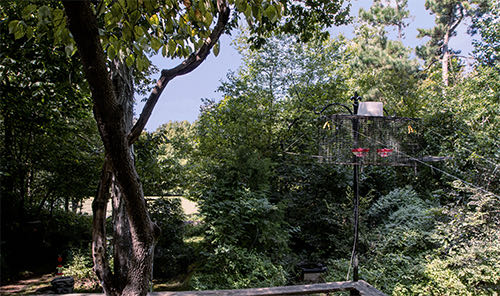
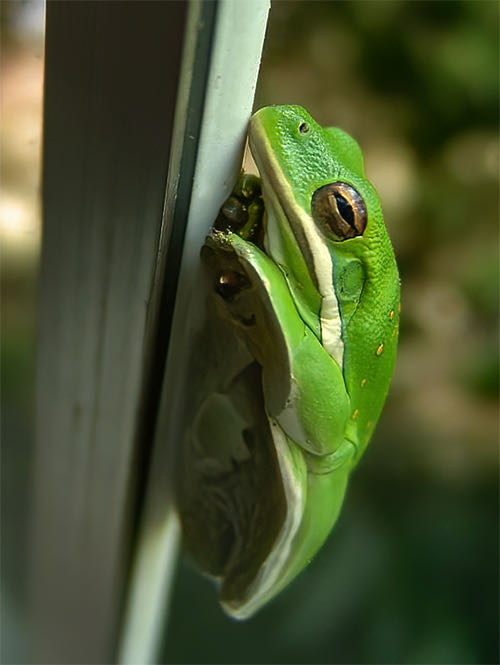
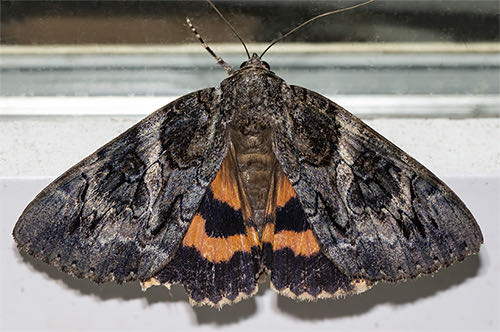
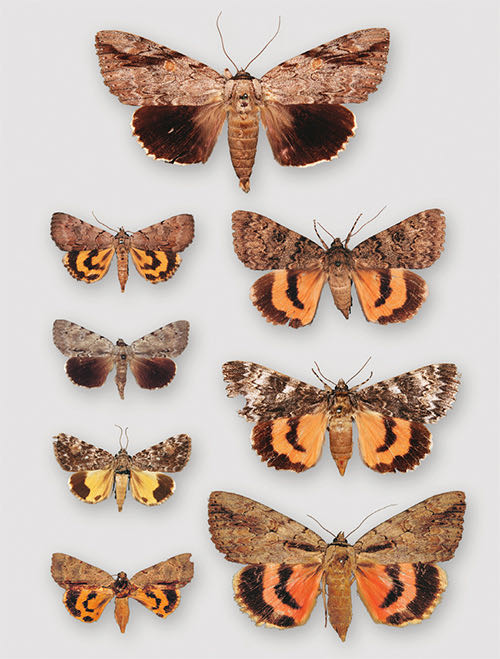
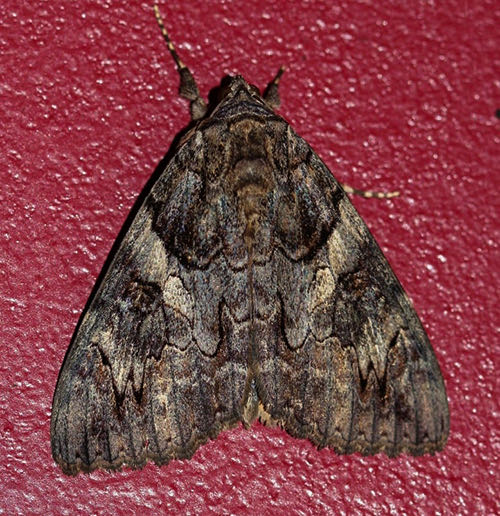
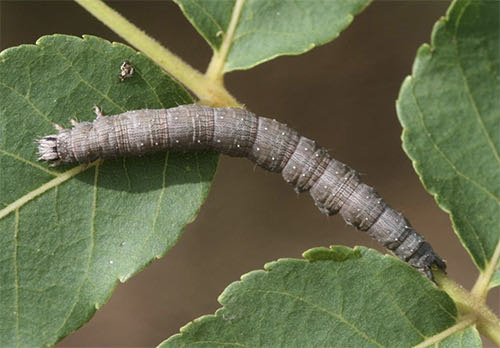
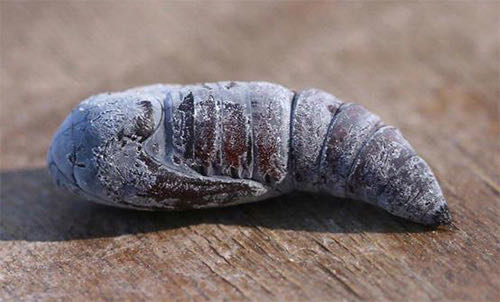
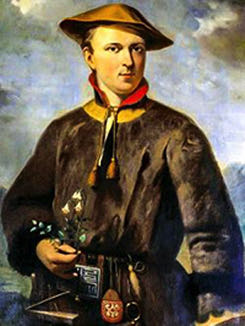 Famed taxonomist Carolus Linnaeus
Famed taxonomist Carolus Linnaeus 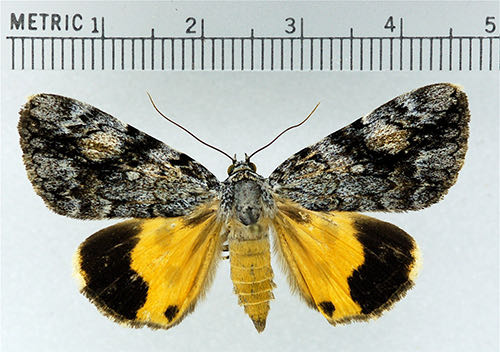
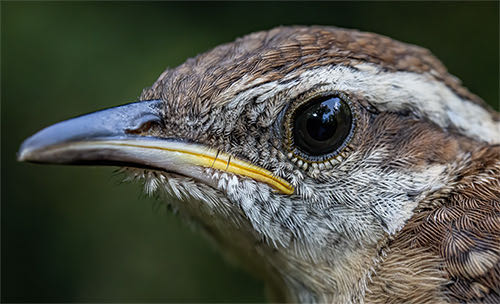

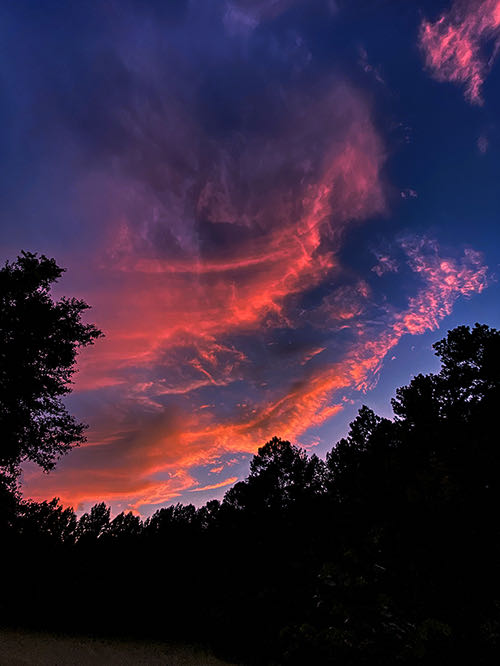











 Please report your spring, summer &
Please report your spring, summer &